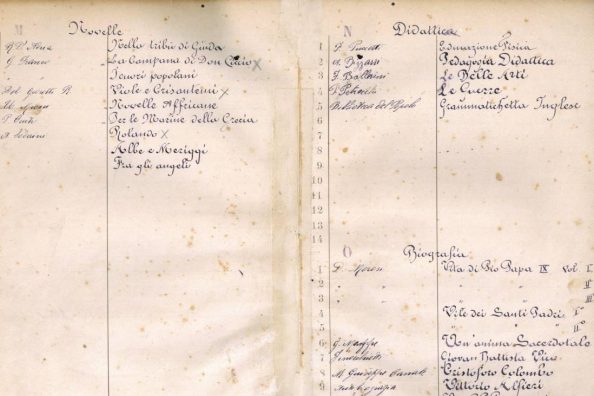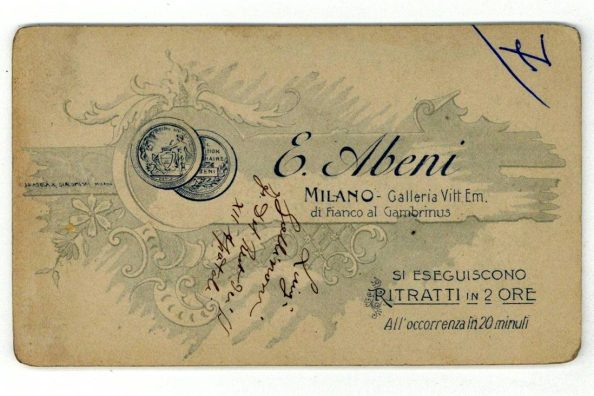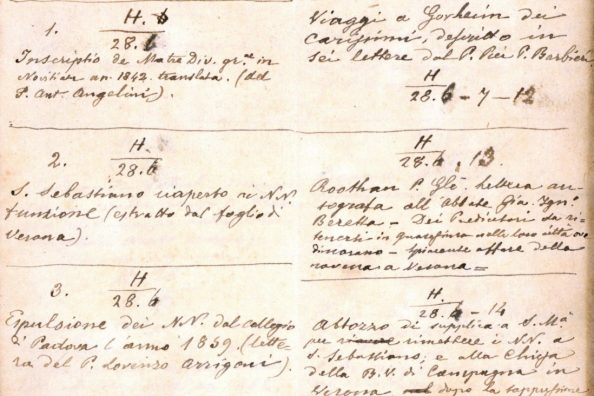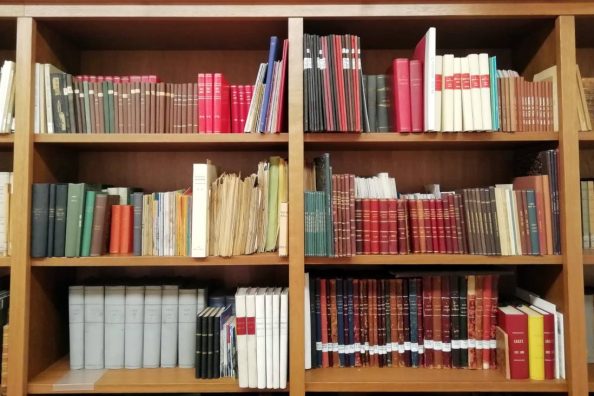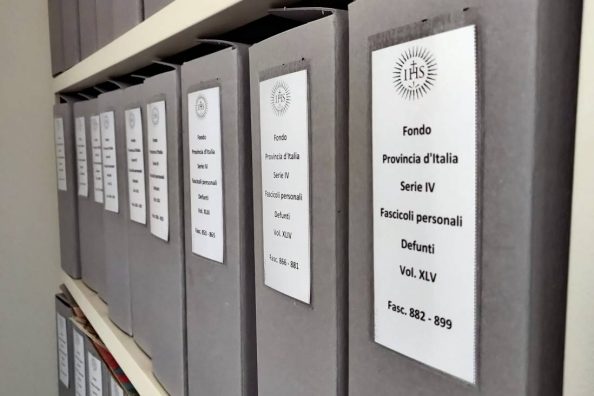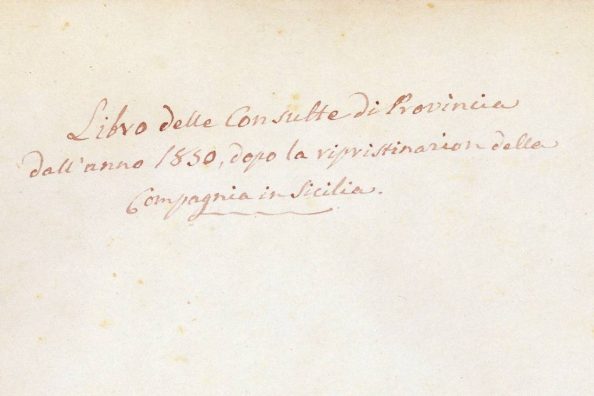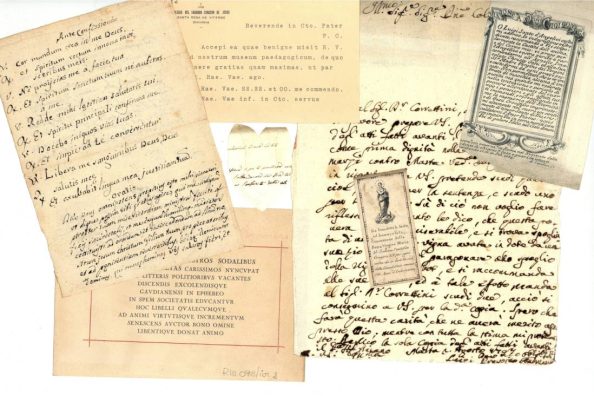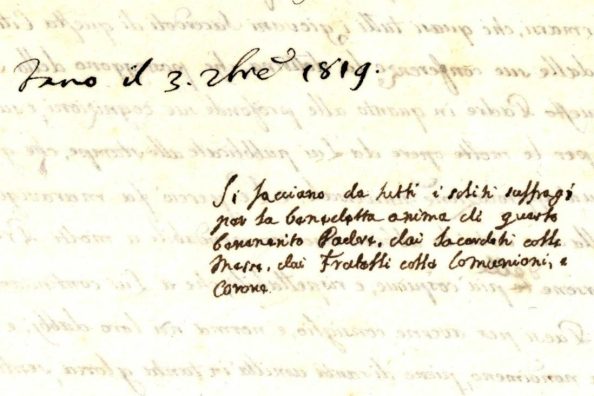Trades and professions in archive documents
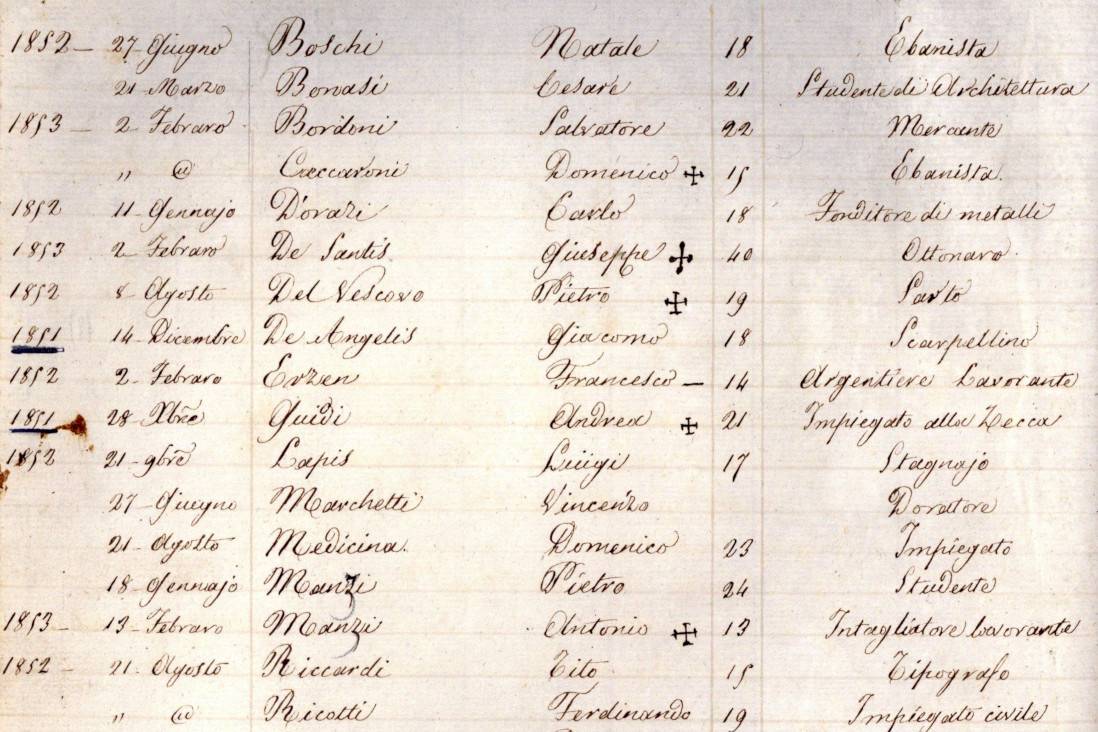
We are approaching Labor Day, and today’s column dedicates an in-depth look at the history of work, through the sources available in our Historical Archives.
Sources for the history of work
One of the most fascinating researches for historians is precisely that relating to occupational categories and trades.
There are specific and very useful sources such as the funds of confraternities, which often comprised the same category of professionals who had statutes and means for mutual aid, material and spiritual assistance.
However, often we have lost many of these funds. Researchers could study the “states of souls”, which give the social and registry composition of the city. What sources does our archive offer on this subject?
In the past, our column has already dedicated an in-depth study to women’s work.
The Marian Congregation of the Purification
Today our archive returns to the subject to present a new source, in addition to those already available to researchers.
The fund of the Congregazione Mariana della Purificazione e degli artisti (Marian Congregation of the Purification and of the artists), established in the Gesù Church in Rome, is currently being reordered.
Al suo interno si conserva un registro di iscrizione dei congregati, dal 1853 fino al 1968, mentre il registro delle presenze inizia solo nel 1914 ma prosegue fino al 1981. Both registers can only be consulted until October 1958.
The sources give us some data on the many people who attended the Marian Congregation of the Purification.
What jobs did the members have?
The list of professions
Francesco Chiarolanza enrolled on 2 February 1882, he was a ‘musician’, but we can found a wide variety of trades, between the pages. Not only related to the arts but also to trades that are more traditional.
There are tailors, shop assistants, students, typographers, painters, engravers, cabinetmakers, carpenters, silversmiths, watchmakers, bricklayers, tinsmiths, brass mongers, stonemasons, booksellers, upholsterers, marble workers, bookbinders, organists.
For each one, we can read the date of enrolment, first name, surname, profession, place of origin and address of residence, as well as the name of the Jesuit who authorised their admission.
The addresses reveal that all the professionals, at the time of registration, lived in Rome, many in central areas and within walking distance of the congregation’s headquarters: Campo dei Fiori, Via di S. Ignazio, Via dei Chiavari, Via dell’Ara Coeli.
However, their origin differentiates them. Many are Neapolitans, Florentines, Bolognans and Orvietans. It reflect the strong attraction exercised by the City of Rome, capital of the Papal States in the earliest years recorded in the congregation’s registers, then of the Kingdom of Italy and the Republic.
This small collection is therefore a further source for the history of work in Rome and allows us to reconstruct the lives of the many professionals, who inhabited it, which is usually dealt with by those who are experts in micro-history, but also for historians who reconstruct the biography of specific professionals.
Maria Macchi

